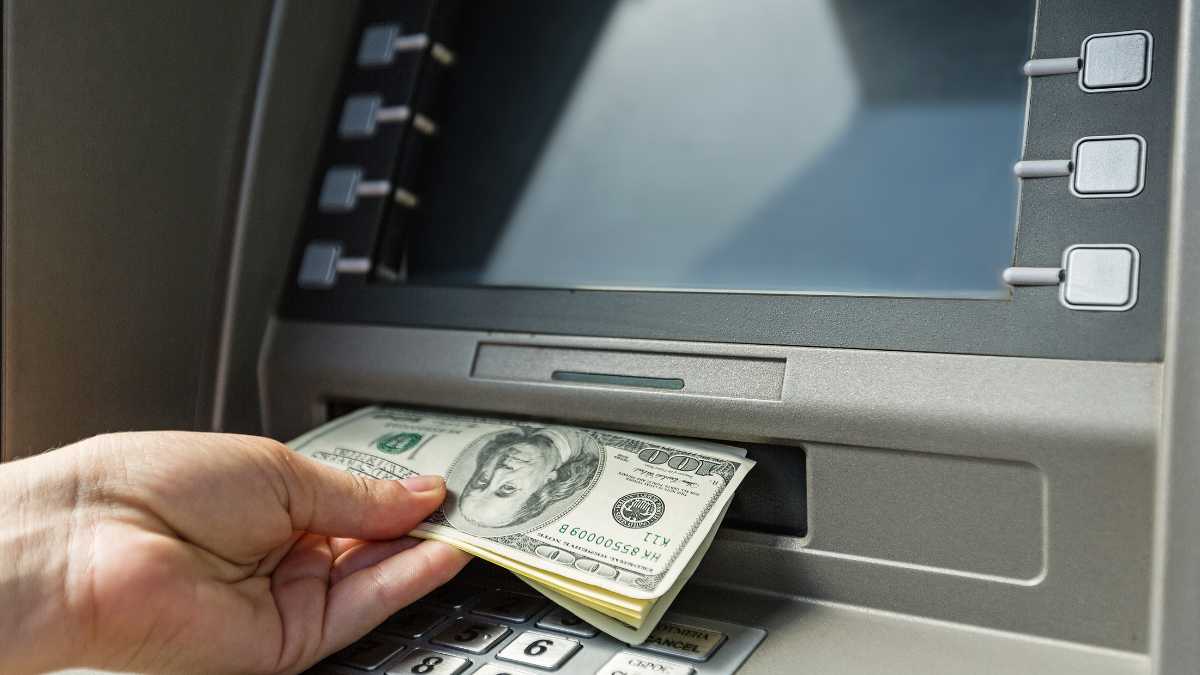Printing a receipt after conducting a banking transaction at an ATM is a common habit among users. This slip provides key details about the operations performed, such as the remaining account balance and data linked to the card used. However, what seems like a harmless action can pose significant risks to your financial security.
ATMs offer users the option to print a receipt as a record of their transactions. Often, customers choose to discard the printed receipt in trash bins at the bank or in areas near the branches. This practice opens the door for malicious individuals to access confidential information, which can be exploited for fraud or identity theft.
Understanding the Risks of Printing your ATM
By embracing these modern solutions, you not only safeguard your personal information but also contribute to a more secure and efficient banking experience. According to cybersecurity experts, the information contained on printed receipts can be enough for criminals to engage in activities like bank account draining or identity theft attempts.
Therefore, banking authorities and security organizations strongly advise against printing receipts. If you do print them, ensure you completely destroy the paper before discarding it.
The risks involved are not solely for those who leave their receipts in easily accessible trash bins. Even keeping these receipts without proper precautions can pose a threat if they fall into the wrong hands. Here are some key recommendations:
Take these precautions to avoid the risk of fraud or identity theft:
- Avoid printing the receipt whenever possible.
- Store receipts digitally through home banking systems.
- Regularly review your transactions to spot any suspicious activity.
By following these guidelines, you can significantly reduce the chances of becoming a victim of cybercrime. The Central Bank of the Argentine Republic (BCRA) provides specific guidelines for the safe use of ATMs. These recommendations are designed to ensure your transactions are as secure as possible, especially in a world where digital threats are constantly evolving.
Essential Guidelines for Safe ATM Use
To protect yourself when using an ATM, follow these key practices:
- Avoid using ATMs if you notice any anomalies on the screens or in the configurations.
- Regularly update your access codes and never share them with others.
- Decline assistance from strangers, even if they seem well-intentioned.
One of the most effective strategies to safeguard against potential scams is by activating consumption alerts on your bank accounts. These notifications enable users to quickly spot any irregular activity and take immediate action.
Furthermore, experts recommend memorizing your access codes and avoiding keeping physical records of them. This practice significantly reduces the risk of unauthorized access and enhances your financial security.
By following these guidelines, you can enjoy a more secure banking experience and protect your financial assets from potential threats.
In parallel, banking institutions and organizations like the Central Bank of Argentina (BCRA) emphasize the importance of keeping security software updated on devices used to access home banking services. In today’s digital age, maintaining digital security is crucial, as many banking transactions are now conducted online. However, ATMs remain an indispensable tool for numerous users, particularly those who prefer handling cash.




